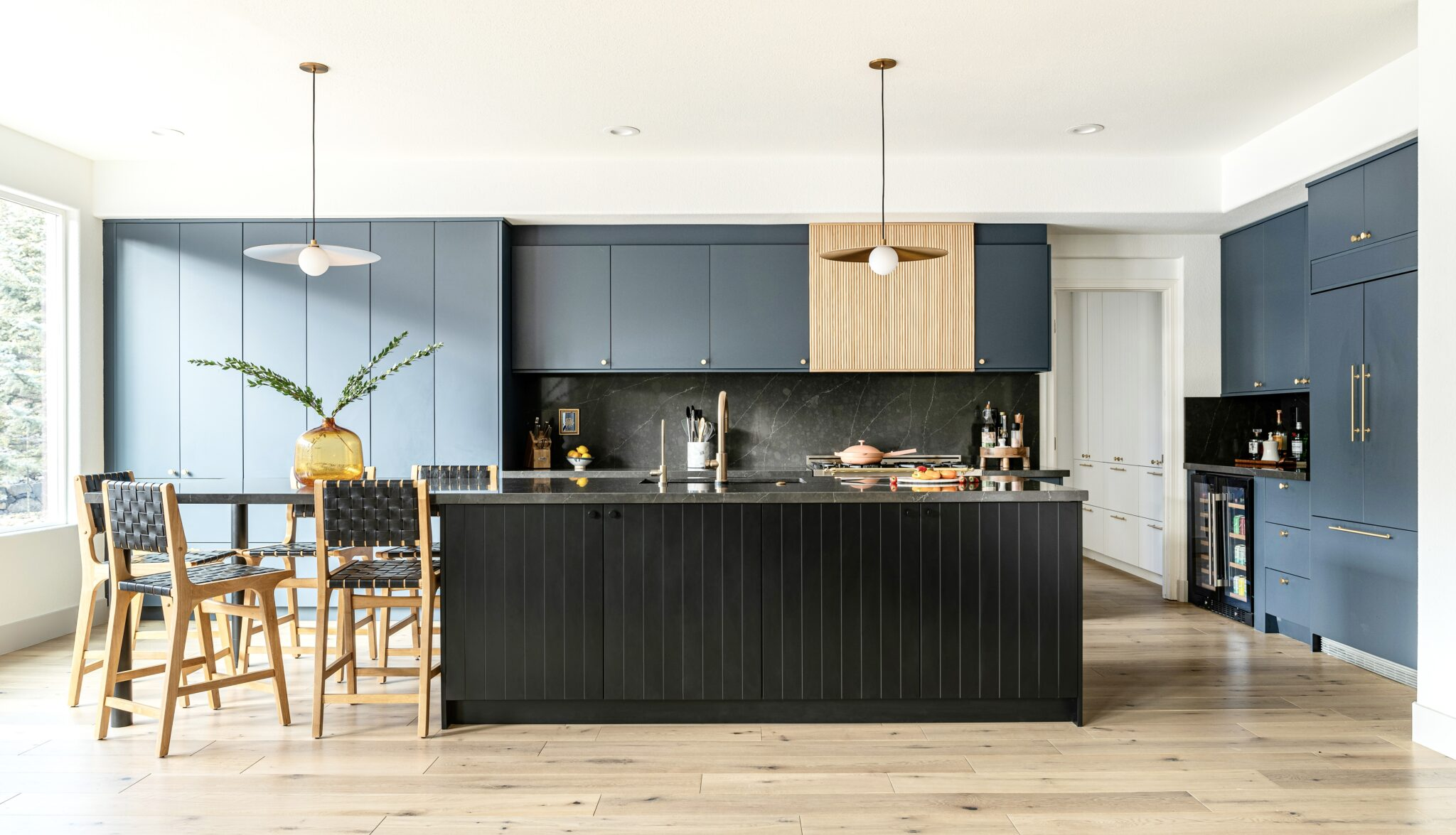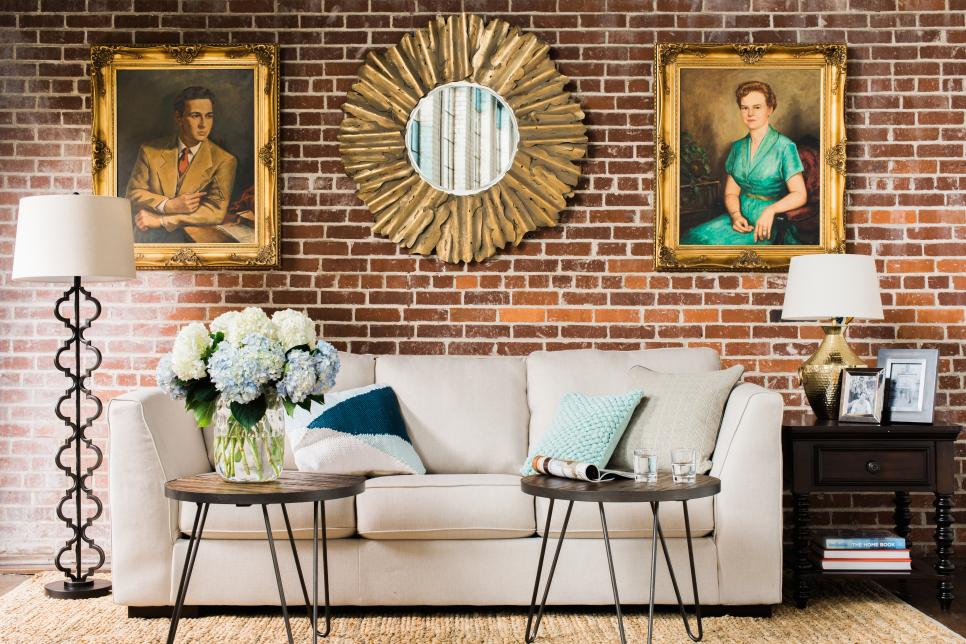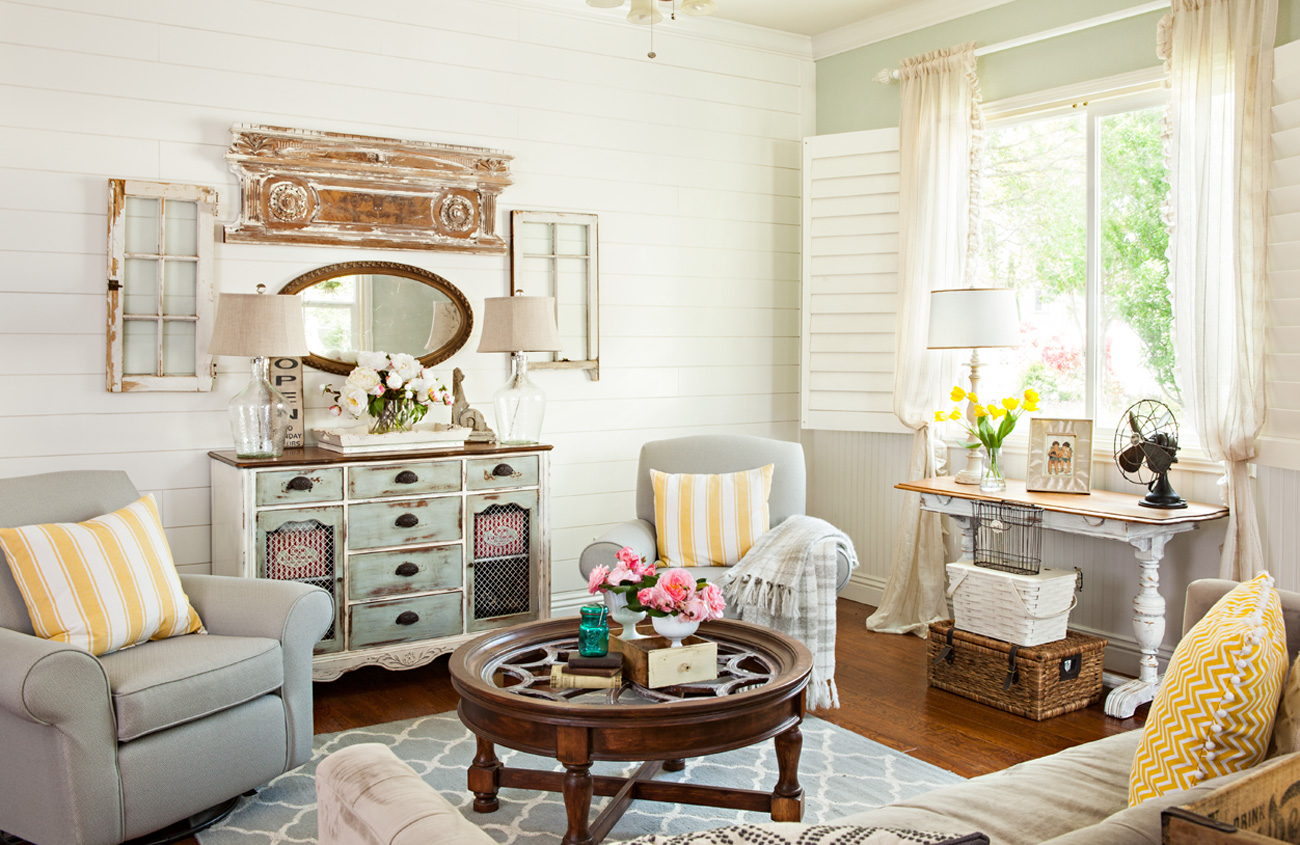
Building salvage brings a piece of history to your home. Reclaimed wood, painted fragmented doors, antique signs, and other salvaged works add an old-world character to the old and new houses. And because you are reusing existing works rather than buying new ones, decorations salvaged from buildings can be a sustainable way to decorate your home.
Before you start looking for salvaged treasures, you should understand a few things, including what to look for when shopping and how to judge whether these materials are safe to use in your home. Use these tips on buying and reusing construction salvage to make the most of your recycling discoveries.
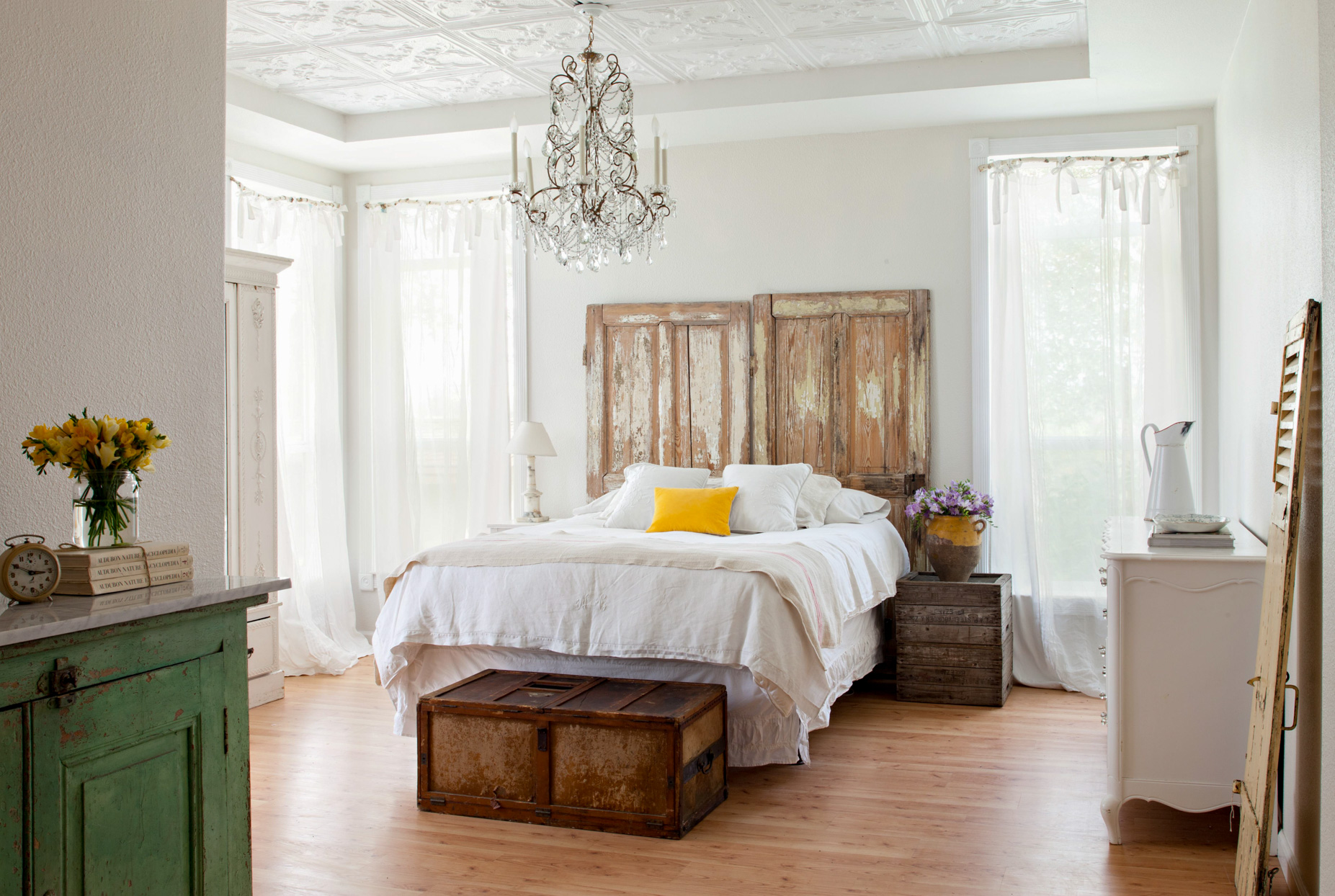 Credit: Paul Dale
Credit: Paul Dale
1. Know where to buy building materials.
To find antique treasures and recycled wood, go to construction salvage or construction supply stores, Habitat for Humanity ReStores and recycled wood dealers. Even some large stores sell reclaimed wood, and you can usually find smaller wood in flea markets, antique shops, and antique shops. Sites like Etsy and eBay are also looking for unique and useful resources. On Craigslist and Facebook Marketplace, you can search and post project requests.
2. Make sure it fits well.
Measurements are essential to ensure that antique pieces fit and function properly in your home. For example, doors are popular recycled items, but their size may be strange in modern openings. You may need to redesign the opening to make it work properly. Please carefully measure the items and your space before buying.
3. Check the return policy.
Even with good measurements, it is difficult to know whether a salvaged work is suitable for your home. Understand the store’s policies in case you need to put an item on hold or return an imperfect item before buying.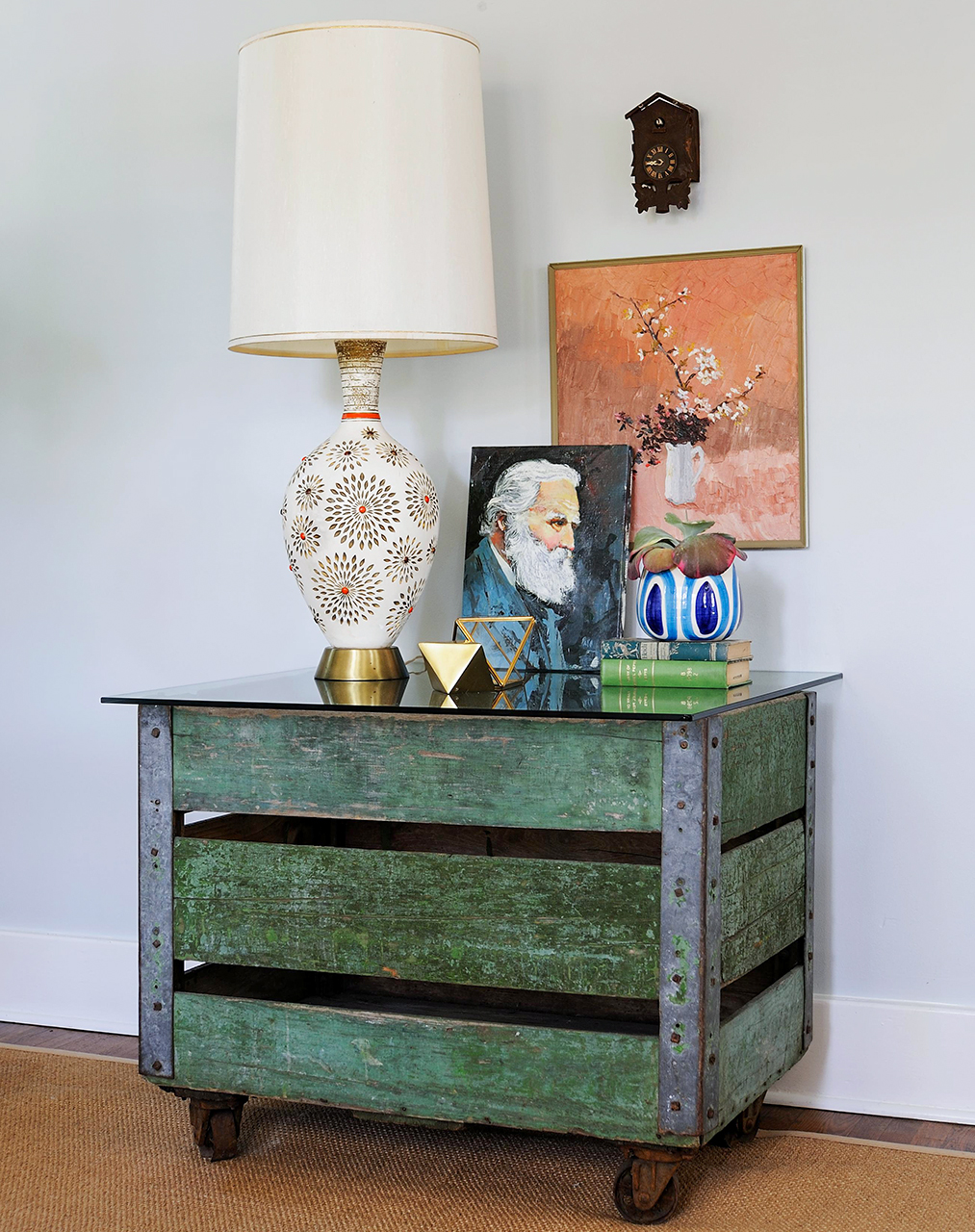 Credit: Anthony Masterson
Credit: Anthony Masterson
4. Clean the salvaged wood before decoration.
Before taking recycled materials such as recycled wood home, please clean them carefully with a hard nylon brush ($7, Target). If the wood is in good condition, you can run it under a faucet, hose or pressure washer. Especially for old barn wood, you should also check it for bugs. Kiln-dried wood is unlikely to harbor creepy reptiles.
5. Test lead paint.
Debris of previously painted wood is part of the charm of building restoration, but there may be danger lurking in it. The instant test kit ($10, The Home Depot) can quickly confirm the presence of lead in the paint, but it is always prudent to take precautions. Work far away from the doors and windows of your home, and take appropriate protective measures when handling wood that is painted with debris. Even after taking precautions, you may want to avoid bringing anything that can easily chip or peel into your home, especially if you have young children or pets. In some cases, spraying paint with a transparent sealant can prevent it from falling off dangerous paint chips.
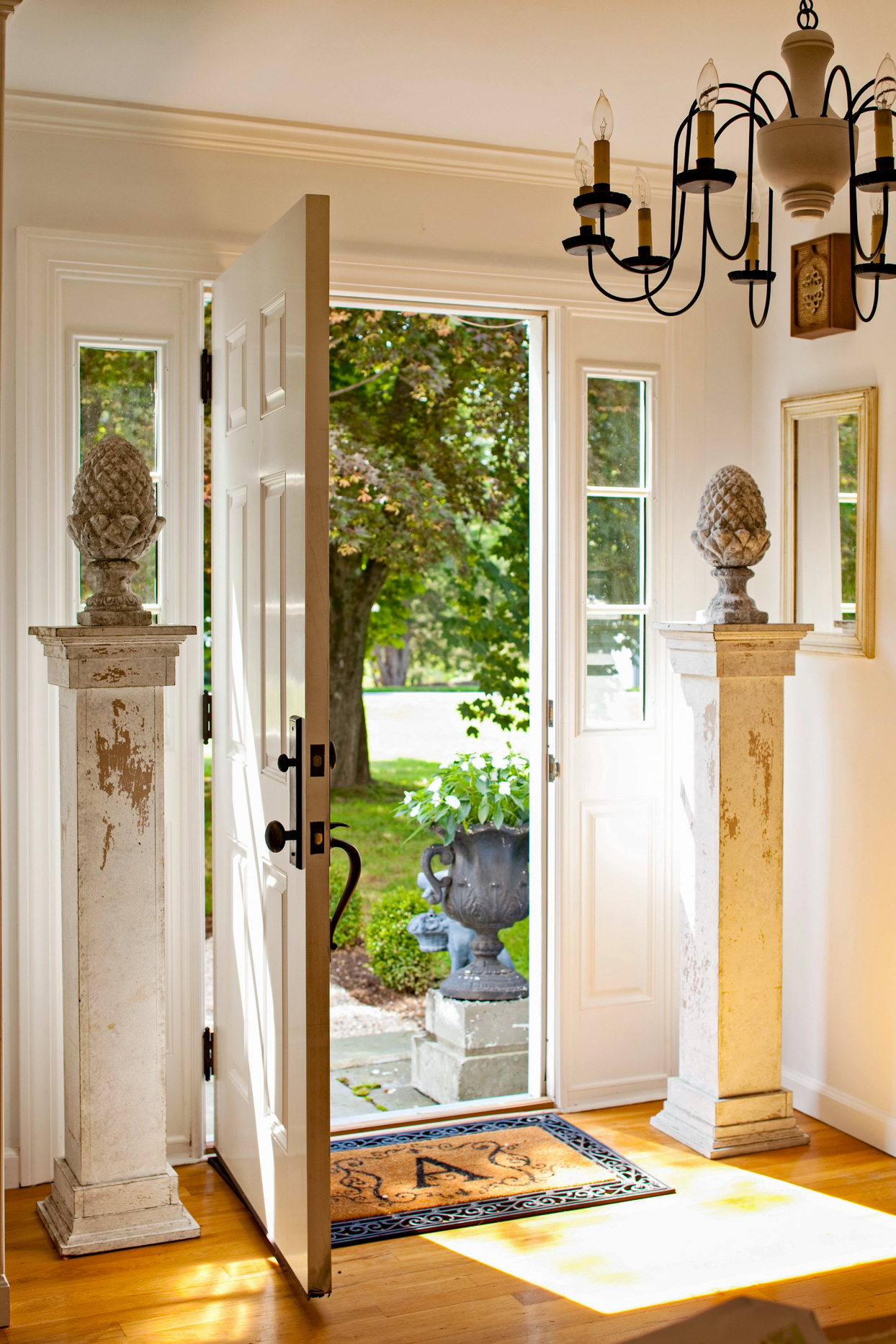 Credit: John Besler
Credit: John Besler
6. Reuse decorative columns.
The recycled pillars can bring a solemn personality to your home. The various styles available can complement a range of decorative styles. However, not all antique pillars are suitable for supporting walls, so I only intend to use them for decoration. Outdoors, concrete or stone pillar fragments add classic charm.
7. Show old works.
When displayed conspicuously on a shelf or side table, small pieces of construction salvage can be used as a cheap accent. You can usually use these decorations as they are; peeling paint and worn patina will only enhance their appeal. For example, wooden rosettes are miniature works of art, and you can find them at reasonable prices in many salvage shops.
8. Find hardware details.
The hardware, including unique locks, hinges and drawer handles, can be filled with trash bins and counters in almost every salvage shop. You may not find enough things to equip your entire house, so show off your new treasures in a conspicuous place and look for supplementary modern versions to meet the rest of your hardware needs. Ensure that these components are working properly before installation.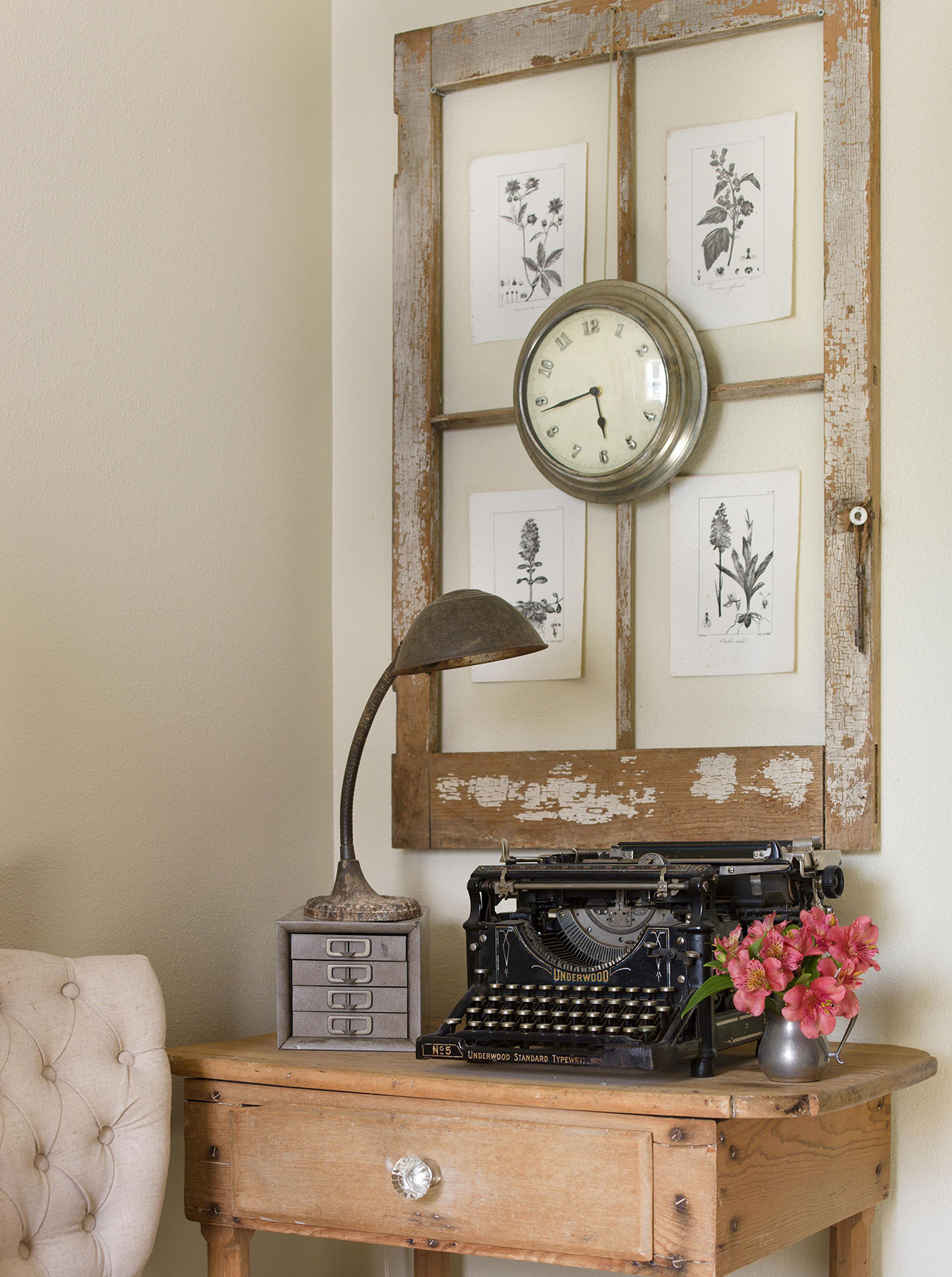
Credit: Laurie Black
9. Use buildings creatively to rescue.
If you find a salvage item you like but can't find its purpose, please think creatively. For example, old window sashes can be used as retro-style wall art frames. Or, when hung on the passage of the kitchen, it can be used as a room divider.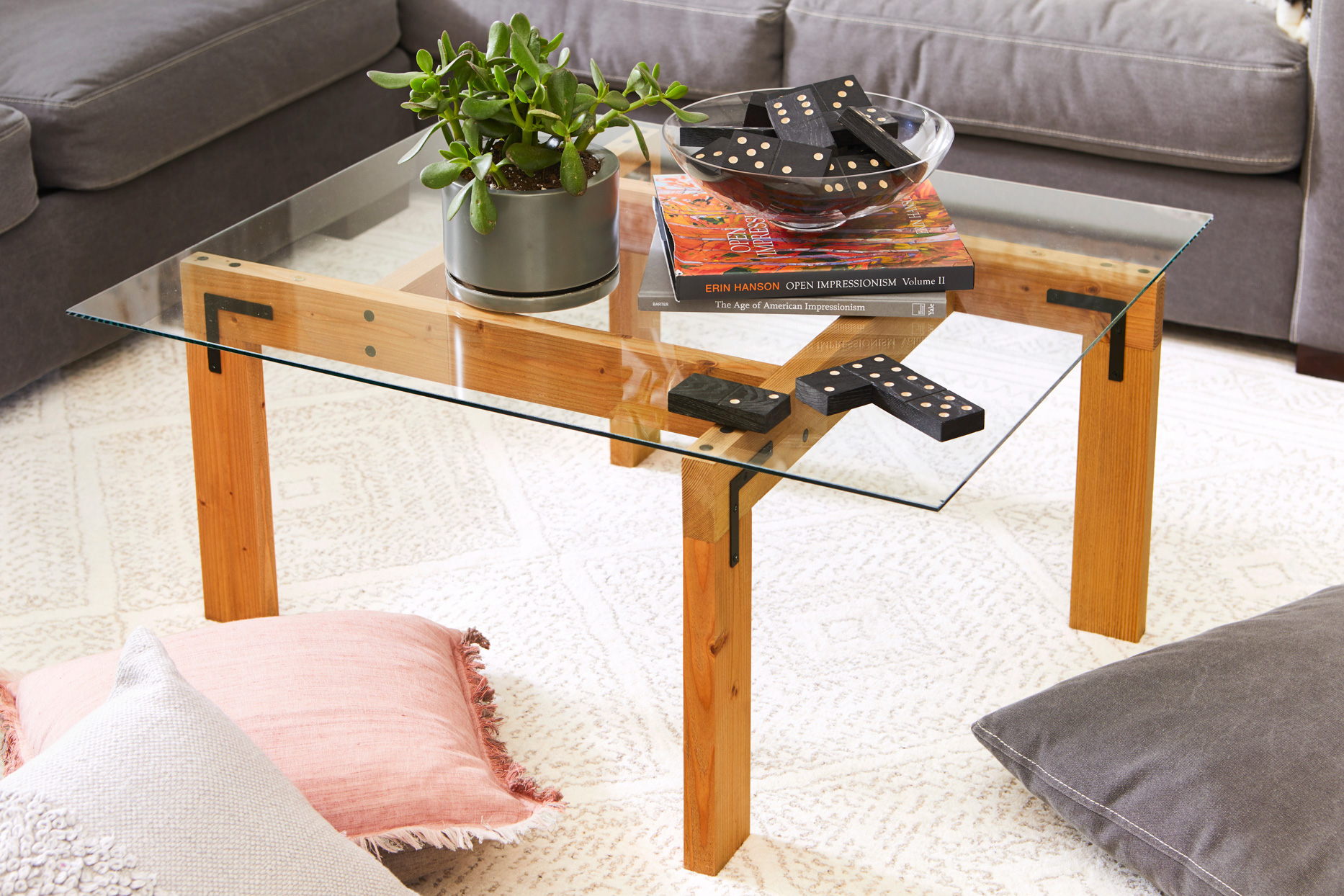
Credit: Jason Donnelly
10. Try to use building salvage DIY projects.
Construction salvage provides beautiful materials for various DIY projects. Try to combine new and old elements to create clever furniture. For example, you can make a new coffee table by connecting recycled wood with gussets. The glass countertop makes the handicrafts clearly visible.







